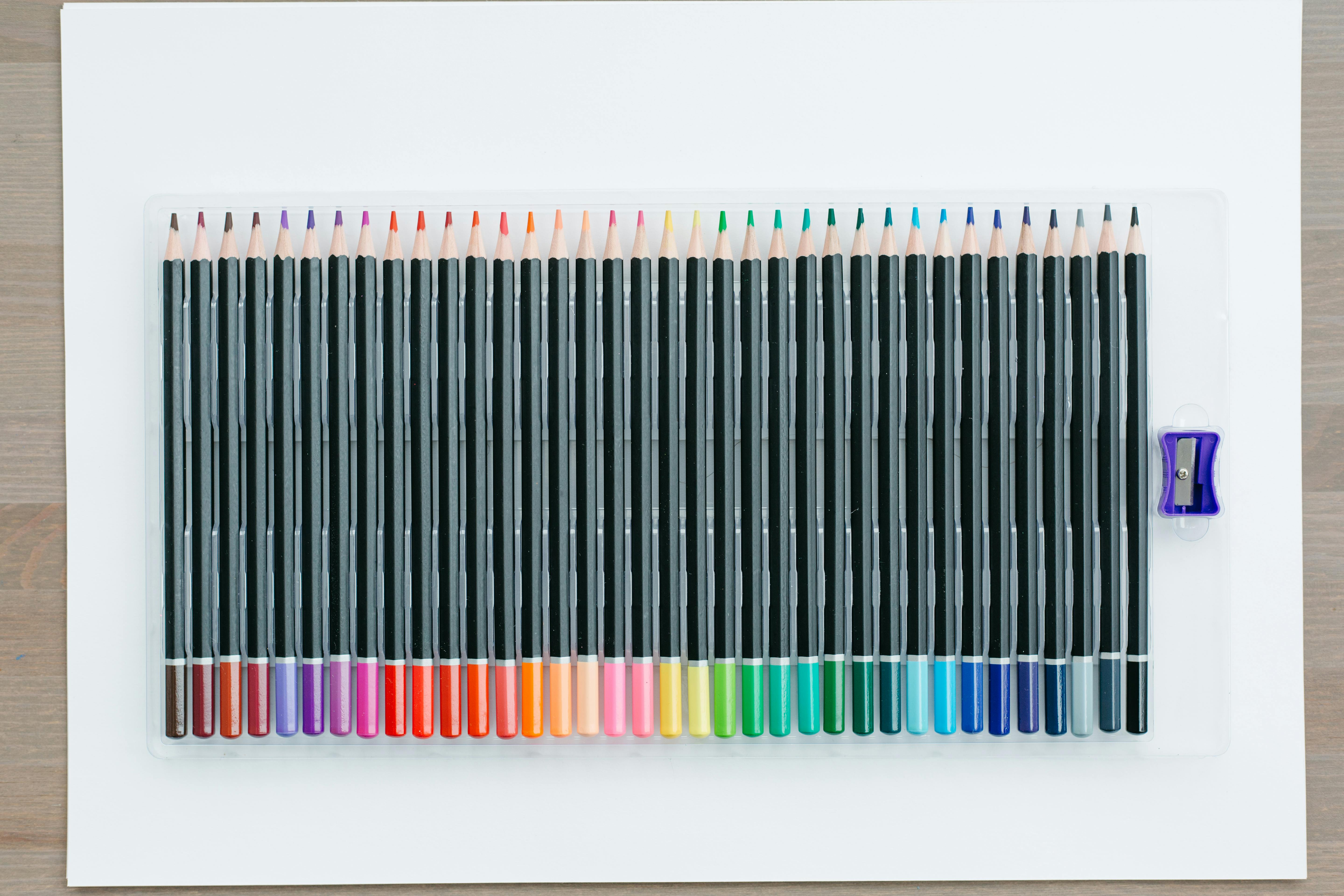Canes were still seen as a fashionable implement from 1700 to 1800. However, we see the rise in use of the gadget cane. The batons were also used as political statements. Furthermore, the label on the cane became generally accepted.
The sword staff, introduced in the 17th century, was still used by knights in the 18th century. Carrying swords was no longer in fashion, but staves were. The combination of sword and cane responded to the need for protection of the knight and to the conventions of fashion. While the 18th century was considered “safer” than the 17th century, many gentlemen still felt the need to carry this fashionable weapon. In fact, the popularity of these sword staves peaked in the mid-18th century, but they were still used in Victorian times.
After the adoption of the sword cane, which is a kind of gadget cane, other gadget canes became popular, such as walking poles equipped with telescopes and pedometers. Additionally, doctors carried gadget sticks in the 18th century and while they were fashionable, they were also functional, serving as a discreet way to carry medicine and tools. A doctor carrying a medical bag was more likely to be recognized and harassed as he was identified as a drug-carrying individual. Doctors also used walking sticks as a preventive measure to contract diseases. The head of the staff contained potions and powders that could be inhaled and were believed to keep the physician safe from disease. As they entered the sick rooms, they hit the axes on the ground to diffuse the compounds into the air. Additionally, these sticks could also contain vials of liquor that the doctor would take as another protective measure.
Austria and Hungary can claim some gadget batons themselves. They developed a staff that carried a flute. They can also be credited with having developed a cane made up of three adjustable sections. In the lower section there was a pen with ink and paper, in the second section a measuring stick, and in the third section a telescope.
Unique practices emerged thanks to the use of walking sticks. For example, in England, one had to obtain a license to carry such an implement. Here is a sample of such a license:
You are hereby required to allow the bearer of this cane to pass and re-cross the streets and suburbs of London, or any place within ten miles of it without permission or disturbance; as long as you don’t walk with it under your arm, brandish it in the air, or hang it from a button; in which case it will be lost; and I hereby declare confiscated anyone who believes it is safe to remove it.
Signed ………………………………… (Lester, Oerke and Westerman, 2004)
Also in England, a group of young people imported some Italian fashions and started the “Macaroni Club” around 1772. Why “macaroni”? Macaroni was a little-known food in England at this time and young people called whatever was fashionable “macaroni”. Contrary to the name, the Macaroni Club was not a formal club; the name simply characterized those who wore a very combed hairstyle topped by a small hat that was raised with the cane. This cane was very long and decorated with wide silk scarves. This fashion ended with the French Revolution.
In other parts of the world, sticks were symbols of the political climate. In France, in addition to changes in the length of the shaft of the reed (lengthening during the reigns of Louis XV and Louis XIV, and shortening again at the end of the 18th century), the revolution in France brought a kind of equality for all in relationship with the cane, it is no longer just an implement for the nobility. After 1789, the burghers, along with the nobility, carry a cane and even greet each other with it. Also during this period, the cane as a political statement is used by the “Incroyables”, or those of particular style, “incredible” clothing. They carried a twisted staff that was generally considered an ugly stick. This baton was sometimes called the “executive branch.” In fact, some of the Incroyables, who came to be known as “Muscadins” due to their strong musk perfume, organized into gangs and prowled the streets, using these sticks to harass the Jacobin revolutionaries.
Generally, during the 18th century, walking sticks were in great demand. With the almost universally popular walking sticks, it became a universal stick label that stick users stuck to. For example, a cane was never carried under the arm, and a cane was never carried when visiting important people. In addition, one should not use the cane to write in the dust, to lean on the cane when standing or while walking to follow his cane (Lester, Oerke & Westerman, 2004).
Essentially, walking sticks continued to be popular between the 1700s and 1800s. Not only were they a fashion accessory, they returned to functionality as well. That is, the walking sticks were used not only to compliment the attractive, but as tools of convenience and political statements. Eventually, walking sticks played such an important role that a label or guidelines for their use were developed.
Fountain
(2004). In KM Lester, BV Oerke, and H. Westerman, Accessories of Dress: An Illustrated Encyclopedia (pp. 388-401). New York: Dover Publications.



